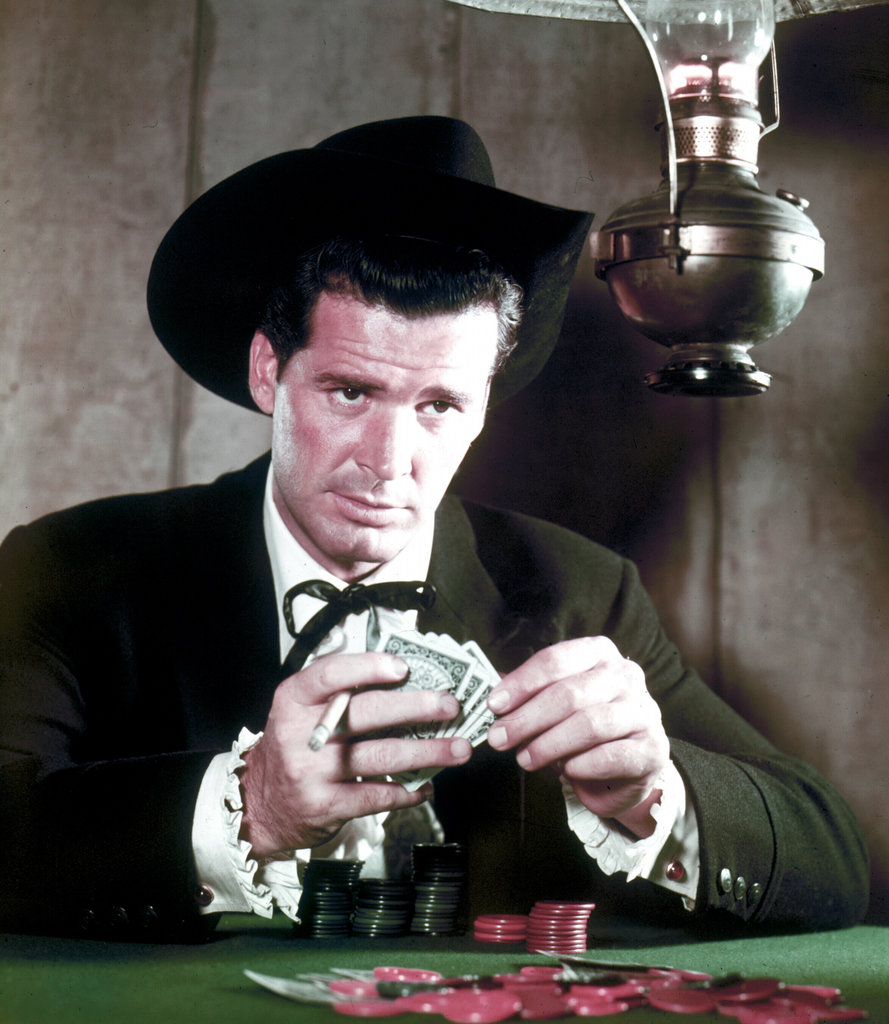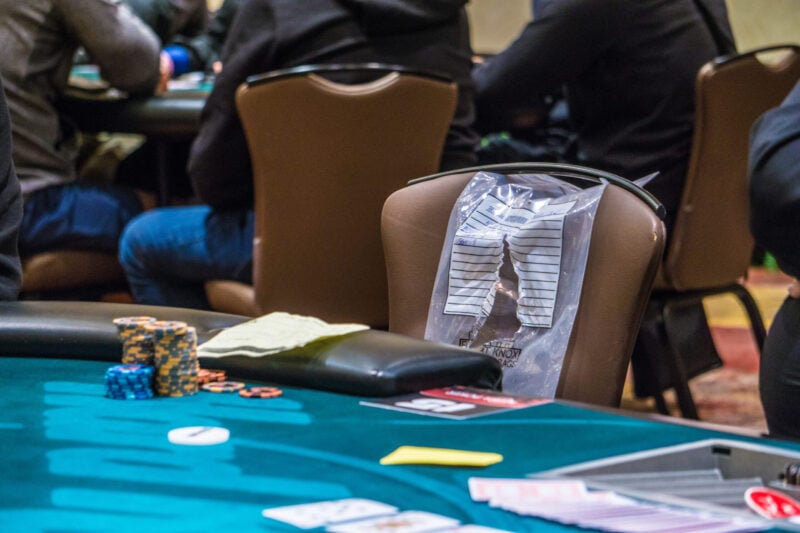“When I’m pushed, I shove.” — James Garner
This is the fourth in a series of articles introducing my GTO Holy Grail Algorithms These articles are based on my newest book, Lectures on Poker, Volume 1: Small Stack Tournament Strategy.

- Short Stack GTO Play, Part 1: Open-Shoving Ranges (The Holy Grail Algorithms)
- Short Stack GTO Play, Part 2: The Combo Power Index
- Short Stack GTO Play, Part 3: The Open-Shoving Algorithm
The holy grail open-shoving algorithm
We ended Part 3 having developed the holy grail open-shoving algorithm, summarized in Figure 1:

We calculate our open-shove index by simply dividing our stack size (in BBs) by two and adding our position index. We then calculate the combo power index (CPI) of our starting hand. If our CPI is larger than our open-shove index, our hand is within the GTO open-shoving range. This is a remarkably compact and easy method to determine when we have a GTO open-shove hand. (Please review the previous articles if this is not clear to you.)
Accommodating limpers?
It’s always nice to have an open opportunity from late position, but it’s far more common to face a limper or two.
Suppose it folds to us on the button with JTo and 12 BB effective stacks. The CPI for JTo is 37 points (2×11+10+5) and our open-shove index is 34 points (12/2+28), so we have a GTO open-shove hand. Suppose, instead, that an unknown villain with 16 BBs has open-limped from the hijack seat. Should we still shove with our JTo?
How should we adjust our holy grail system to accommodate limpers? There are several factors we could consider.
More money in the pot
The limped pot contains 3.5 BBs instead of the original 2.5 BBs, so the pot is now a larger percentage of our effective stack. This larger pot would widen our GTO shoving range from 40.3% to 49.0%, which is equivalent to decreasing our open-shove index from 34 points to 31.4 points. So our 37 point hand is father from a borderline shoving hand.
So our initial thought might be that a limper makes shoving more attractive.
Extra player to fade
Our shoving range depends on our table position because our EV partly depends on the fold equity we expect from the players behind us. A limper adds an extra player who might call our shove, so we might surmise that our shoving range should be tighter. Perhaps we might compensate for this by shifting our effective table position rightward by one seat, which would increase our shove index by two points when we’re on the button.
Combining the “extra-money” factor (-2.6 index points) with the “extra-player” factor (+2.0 points), the limper appears to improve the attractiveness of our jam.
‘Boxed’ range
On the other hand, the limper doesn’t have a random hand. A limper is much less likely to have premium or near-premium hand since he would likely open with them. Yet the bottom of his range is also missing since he usually folds his weakest hands.
Suppose a player with a random hand would only call our shove with the top 15% of his range; our fold equity would then be 85%. Suppose that same player would open with those same top-15% combos, limp with his next 35%, and fold his bottom 50%. This limper would call with none of the hands he would limp with.
There are many models we could apply to a particular villain. Perhaps he opens with his top 25%, limps with his next 15% and calls a shove with only his top 15%. This villain would also fold every hand he limps with.
The general conclusion is simple: if a limper had a hand good enough to call a shove, he most likely would have opened with it. Our fold equity vs. a limper should be pretty high. This is a risky assumption to make, however. Some players will limp in early position with a strong hand hoping to limp-raise or to call a shove. I’ve been burned more than once by an under-the-gun limper who was trapping with AK.
Other players will limp with small pairs, hoping to set mine cheaply, but once they face a shove, they put us on overcards and hope for a coin flip. This isn’t a bad result for us since we’ll have excellent equity when this player calls our shove.
So we must pay attention to our opponents. Does the limper present a strong risk of trapping? Is a normally aggressive player suddenly limping? Have you seen the villain limp-fold before? Will our hand fare well against a small pair? Our read of the limper’s “honesty” is a very important consideration when our hand is a borderline shove.
Opponents rarely play GTO strategy
Few opponents will call a shove with a proper GTO range, usually calling much too tightly. This is not necessarily a stupid strategy. Since most players shove with a range much tighter than GTO, it’s reasonable for them to adapt by calling more tightly than GTO.
But we’re not “most players”. We will shove with a GTO range, but those on our left, and the limper, will call too tightly unless the limper is trapping. Since we can exploit them by widening our open-shoving range, it seems reasonable to shove with our normal GTO range when facing a limper.
Additional factors
Shoving over a limper generally looks stronger than open-shoving. This induces some opponents to further tighten their calling range. Those on our left also have to worry about what the limper (behind him) might do, so our shove becomes a de facto squeeze play.
We also must consider the size of Mr. Limper’s stack. If smaller than ours, he may tighten up because he fears elimination. If his stack is only marginally larger than ours, he will fear being crippled. If much larger, he may take a flier with a small pair or a weak ace.
So it isn’t immediately obvious how our shoving range should be adjusted to account for a limper. But since we can shove wider to exploit the typically tight callers, we should be able to shove over a limper with a range similar to our open-shoving range. Perhaps the presence of a limper makes it slightly more likely we will be called, but that is balanced by the larger pot. The limper has a stronger range than the players to our left, but it is mostly devoid of premium combos. And the most likely non-trapping hands to call are small pairs and weak aces.
If we want to be conservative, we can adopt a simple rule of thumb: For each limper, we move our position index one spot to the right. This would affect only our borderline decisions. If we want to be aggressive, we can ignore the limper and shove with our normal open-shoving range.
Game theory modeling
When we use ICMIZER3 to model GTO shoving over a limper, we find that the default limping range isn’t capped, being nearly identical to its 2.5 BB open range. The GTO limp-shove solutions then become very similar to baseline GTO reshove ranges. If you believe this model to be a true reflection of the range of a typical limper, you can use the holy grail reshove algorithm, described in my book.
But is this a reasonable assumption for a limper in a real tournament? We could argue that anyone who limps isn’t playing a GTO strategy anyway, so his range is likely boxed. We could assign Mr. Limper a 25% capped range (minus JJ+ and AK), and see what our shoving ranges over him should be. But once we shove, ICMIZER3 assumes that the limper will make a proper GTO response. This doesn’t seem likely for a real-world limper.
So, using a game theory model to determine our shoving ranges over a limper is problematic. We can model various scenarios, but the answer will depend heavily on what non-GTO assumptions we make for the limper. Trying to model every type of limper would be laborious and, probably, not worth the effort. Basically, it boils down to our judgment of what we believe a particular limper is trying to do.
Conclusion
The presence of an honest limper seems to be a neutral consideration. My baseline GTO shoving strategy isn’t affected by the presence of a limper except in situations when my read of the limper sends up a warning flare. If my stack is on the short side, say 15 BBs, I may go ahead and shove my non-borderline combos. If it’s on the large side, say 25 BBs, I generally prefer to raise.
The next installment in our series will extend our holy grail system to open betting.


